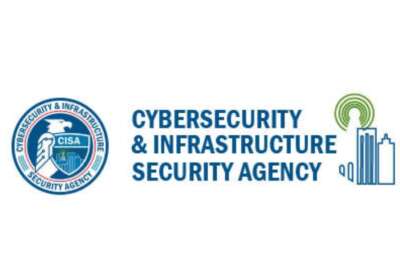Agencies embrace Web 2.0
Federal agencies\' use of blogs, social networking and other web-based technology can help create a more transparent government. But how have agencies embraced Web...
By Jolie Lee
Federal News Radio
Federal agencies’ use of blogs, social networking and other web-based technology can help create a more transparent government. But how have agencies embraced Web 2.0 tools?
A study by the National Archives and Records Administration assessed the use of social media at federal agencies.
Web 2.0 is an umbrella terms that includes a wide range of web activities — web feeds, wikis, photo and video sharing, podcasts, widgets and more.
Uses of Web 2.0
- Public outreach and engagement Many agencies interviewed used social media — mainly Facebook, Twitter and YouTube — to reach a wider audience about general agency information, events or publicity announcements. These social networking sites were used much like “an announcement in a town square or other public forum without directly inviting feedback,” according to one study participant.
Agencies also posted questions or media clips to encourage public engagement. The Library of Congress uses photo sharing site Flickr to invite people to post and tag photos, then includes this information to its collections.
For some agencies, social media is also a hiring tool to reach out to a broader pool of potential employees.
- Internal collaboration and information sharing Agencies use Web 2.0 to communication internal policies, conduct meetings and collaborate on projects. Some Joint Staff offices use blogs to allow employees to provide updates on projects, allowing immediate feedback from superiors.
- External collaboration The MAX Federal Community is a wiki environment managed by the Office of Management and Budget. Within the community, agencies can interact with other agencies.
- Social networking Social network sites allow members to communicate to constituents and to look for other members with similar affiliations.
Web policies
The E-Government Act of 2002 required agencies to increase use of websites and other web tools to conduct their business and provide information to the public. However, guidelines for web use vary across agencies.
About half of the 19 agencies that participated in the study’s focus group said they had web policies in place, but these policies focused more on web use rather than records-keeping.
Those policies that included guidelines for records management treated online content as having “potential record value,” as stated in the Defense Department’s web policy.
The Department of State requires all web records to be maintained. At the Environmental Protection Agency, all agency records using social media must be printed to paper.
Copyright © 2024 Federal News Network. All rights reserved. This website is not intended for users located within the European Economic Area.





